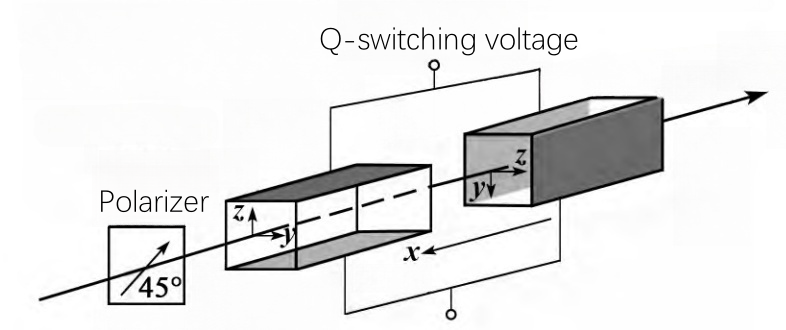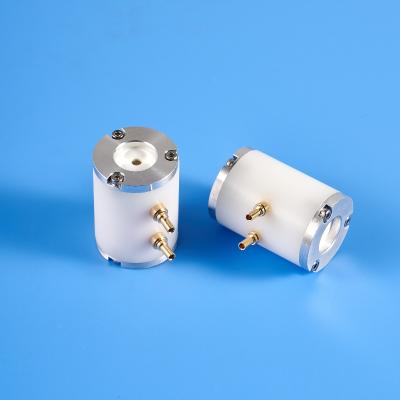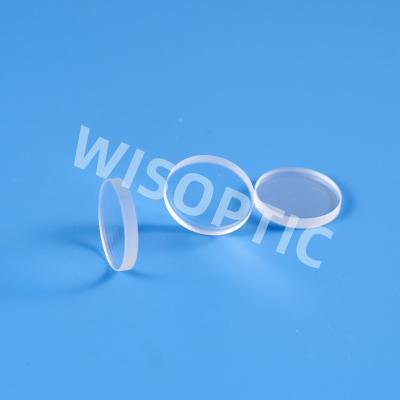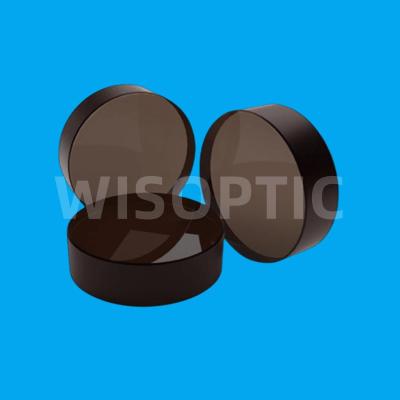Lithium Tantalate Crystal and Its Application - 11
3 The main application of lithium tantalate crystal
3.3 E-O Q-Switch
The basis of laser Q-switched technology is a special optical component - a fast intracavity optical switch generally called Q-switch. The Q value is an indicator for evaluating the quality of the optical resonant cavity. The higher the Q value, the lower the required pump threshold and the easier it is for the laser to oscillate. The purpose of laser Q-switching technology is to compress the pulse width and increase the peak power. Currently commonly used Q-switches include electro-optical (E-O) Q-switch (www.wisoptic.com), acousto-optical (A-O) Q-switch, saturable absorption dye Q-switch and Cr4+:YAG saturable absorption Q-switch. New laser Q-switching technologies are constantly being developed and applied, including active and passive double Q-switching technology that combines active Q-switching and passive Q-switching, dual-passive Q-switching technology, and Q-switching mode-locking technology.
At present, the vast majority of nanosecond pulse lasers are made by E-O Q-switching technology. The core material of E-O Q-switching technology is E-O Q-switching crystals (www.wisoptic.com). Currently commonly used E-O Q-switching crystals include Potassium Dideuterium Phosphate (DKDP, www.wisoptic.com), Lithium Tantalate (LT), Lithium Niobate (LN, www.wisoptic.com), and Rubidium Titanyl Phosphate (RTP, www.wisoptic.com). Lithium tantalate crystal has advantages of stable performance, non-deliquescence, high damage threshold and wide application. Li Qinglian and others designed a LT E-O Q-switch with a pair of matched LT crystals (see figure below), and analyzed the impact of the size deviation and axial angle deviation of the matched crystals on the natural birefringence compensation. In order to ensure the crystal orientation accuracy and crystal size on the basis of the extinction ratio 100:1, a double crystal matching method was used to compensate for the phase difference caused by natural birefringence. By testing improving the Q-switching performance, a well-performed LT Q-switch can be obtained for practical applications.




